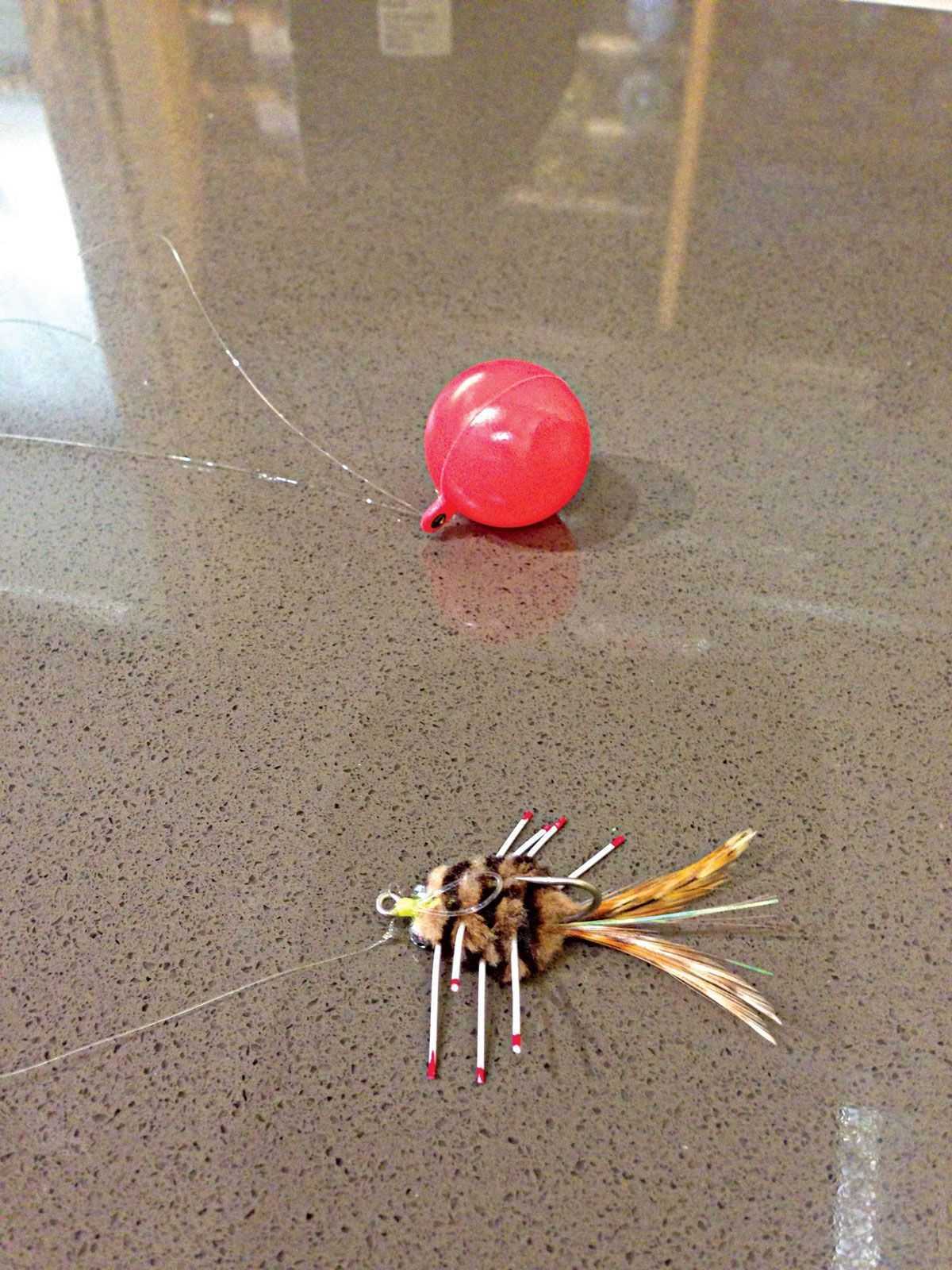By: Joseph Albanese
Many saltwater fly fishermen favor a very active retrieve. While that may be fine most of the time, there are certain circumstances when it would be wise to take a page from the trout angler’s handbook. When dealing with tidal flows and estuary systems, a “dead-drift” approach is often best. I find myself using this tactic most often in the early season, when I utilize crab patterns to search out the first fish of the year, which frequently arrive before the hordes of baitfish that provide them with sustenance. However, this technique doesn’t just apply to crustacean patterns, it often benefits baitfish patterns as well. Many prey items fall victim to the surges of the tides; it will serve you well to imitate these casualties of the flows.
Almost every angler can relate to this approach, because it superficially resembles their first outings with a cane pole, cut bait and a bobber. And truthfully, it really isn’t much more advanced as those early outings. This method basically involves the same terminal tackle, just more sophisticated. Instead of a snelled bait-holder, a fly pattern imitating the most dominant forage species is utilized. Instead of a two-piece dime store cane pole, I use a fast-action 8- or 10-weight graphite stick. The bobber is also updated, although it certainly shares a common ancestry.
I usually use a straight shot of fluorocarbon as a leader, letting water depth and clarity dictate length. If I have found the fish to be finicky, I will taper the leader a bit, dropping from 20-pound at the butt section to 8- or 10-pound at the tippet. I set the height of the strike indicator based on the depth of the water I’m fishing. I have found the magic strike zone to be within 3 feet of the bottom, so set the height of your indicator accordingly. Obviously this works best in shallow water, but you can let your float regulate your fly’s place in the water column in deeper spots as well. Also, because you are not imparting any action, make sure to use a loop knot to allow for as much natural action as possible.
This system really comes into its own around the tips of jetties and any patches of particularly sticky bottom. Similarly, it shines when fishing tidal creeks, keeping your bait out of the seaweed and other junk that often accumulates at creek bottoms. Perhaps more importantly, it provides a drag-free drift at the same pace as the prevailing current. This also applies to conventional tackle as well, as you don’t want your swimming plug to resemble some freak of nature capable of out pacing a five-knot tide.
While saltwater species may not be as finicky as small-stream native brook trout, they can become accustomed to certain things in their environ. And even if it were common, they wouldn’t expend the energy necessary to chase down the Carl Lewis of baitfish when there are much easier morsels around. Think about it—do you go to the kitchen for one chip at a time or do you take the bag with you?
[easy-social-share]
